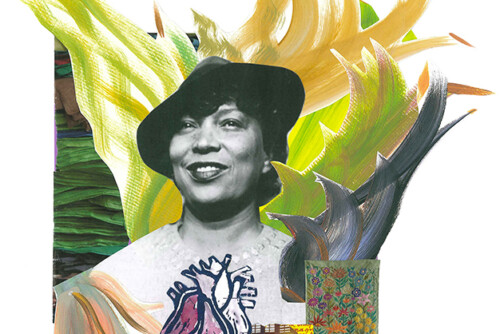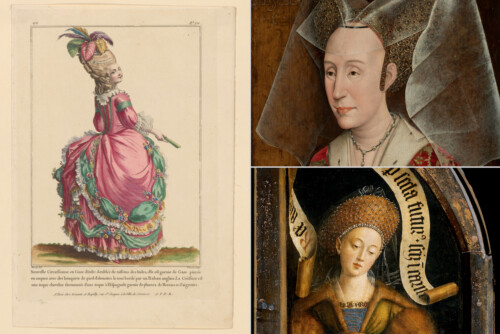Hemenway, whose exquisitely researched literary biography was not published until 1977, may have sent Walker to Fort Pierce four years earlier, but it was “Looking for Zora”—the article and the effort: that is, the recovery of Hurston as a project of black feminist literary historiography—that became the blueprint for the canon construction and tradition building that would dominate the rest of the 1970s and much of the 1980s.
Although figuratively motherless writers, scholars, and critics had been following maternal dust tracks throughout the decade, the quest for both a literary matriarch and a matrilineage was most fully articulated in 1977 by Barbara Smith in her pivotal essay “Toward a Black Feminist Criticism,” which first appeared in the lesbian feminist literary magazine Conditions: Two. Writing from what she described as a black lesbian feminist perspective, Smith argued for a critical practice that assumes the interrelatedness of racial and sexual ideology and the existence of an identifiable tradition of black women writers, glued together by the authors’ shared lived experience, their “common approaches to the act of creating literature,” and “their use of specifically black female language.” 1
No maternal ancestor fit this new black feminist ideal quite as neatly as Hurston, whose prose brimmed with the authentic black female language and traditional black female activities—rootworking, herbal medicine, conjure, midwifery—that Smith cited in her essay as emblems of a black feminist literary continuum. Smith also asserted that a black feminist critic should “think and write out of her own identity.” 2 Williams and Walker were hardly alone in finding shades of their own country selves in Hurston’s most memorable character, Janie Crawford, who began to take on not only a heroic stature but also a kind of “every-woman” status in the emerging black feminist literary criticism.
Once critical of the term and its white female practitioners and theorists, this canon building and its attendant criticism by the turn into the 1980s began to announce itself as overtly feminist, due in no small measure, I would argue, to Barbara Smith’s delineation of what a black women’s critical praxis should look, act, and sound like in “Toward a Black Feminist Criticism.” As Cheryl Wall has pointed out, Smith’s critical manifesto gave name, shape, and substance to the perspective from which young black women artists and intellectuals had been writing and thinking since the late 1960s and early 1970s. 3 Additionally, in its insistence on a single black women’s literary tradition, held together by shared black female experience and uniquely black female language, Smith’s essay helped direct more attention toward Zora Neale Hurston. The publication of Hemenway’s biography, also in 1977; the reissuing of Their Eyes Were Watching God in 1978; and the appearance of Walker’s edited collection I Love Myself When I Am Laughing in 1979 not only brought Hurston back into print, they also worked further to affirm and confirm her as the not-so-long-lost foremother of contemporary black women writers and the cornerstone of a black feminist literary tradition that, ironically, sometimes seemed to reach back only as far as Janie Crawford’s front porch.
- Barbara Smith, “Toward a Black Feminist Criticism,” reprinted in The Truth that Never Hurts: Writings on Race, Gender, and Freedom (New Brunswick, NJ: Rutgers University Press, 1998), 10–11.[↑]
- Ibid., 11.[↑]
- Cheryl A. Wall, “Taking Positions and Changing Words,” introduction to Changing Our Own Words: Essays on Criticism, Theory, and Writing by Black Women (New Brunswick, NJ: Rutgers University Press, 1989), 4–5.[↑]



